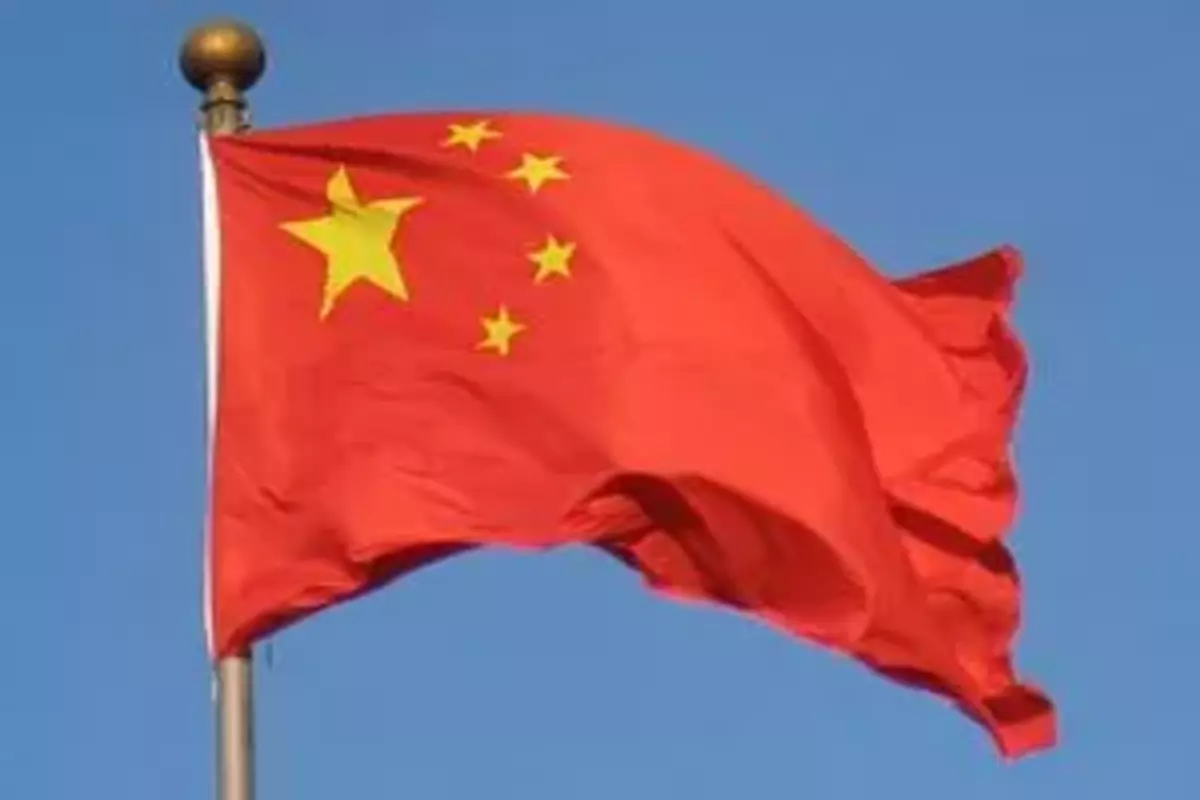
Official data showed today that Chinese exports fell more than expected in June, placing additional pressure on Beijing to announce additional stimulus measures to jumpstart the sluggish recovery.
Overseas shipments are a vital driver of growth in the world’s second-largest economy, but they have been declining since October due to sluggish demand in key countries, with the exception of a small uptick in March and April.
The General Administration of Customs’ 12.4 percent loss was an increase from May’s 7.5 percent reduction and worse than the 10 percent drop projected in a Bloomberg survey of economists.
Imports declined 6.8 percent during the same time, adding to worries about slowing domestic demand, which has caused inflation to level off and forced the central bank to loosen monetary policy, putting pressure on the yuan.
Customs spokesperson Lyu Daliang also mentioned outside influences having a direct impact on Chinese trade, citing Beijing’s long-running standoff with the US over a variety of issues, including trade and technology.
“The risks associated with unilateralism, protectionism, and geopolitics are increasing”, he warned in a statement accompanying the figures.
The prospect of a recession in the United States and Europe has resulted in lukewarm demand for Chinese goods.
And, according to Pinpoint Asset Management economist Zhiwei Zhang, bad economic statistics in developed countries will put more pressure on Chinese exports in the coming months.
Last month, China’s trade surplus was $70.2 billion, up from $65.81 billion the previous month.
Today’s numbers are the latest in a string of bleak signs pointing to a weakening of China’s post-Covid recovery, with factory activity decreasing and growth in the services sector slowing, while industrial output remains subdued.
This comes as the country’s vital property industry, which accounts for a significant chunk of the economy, struggles under the weight of massive loans.
On Monday, the country will reveal second-quarter growth results.
Premier Li Qiang has recognized that the country’s 5% growth objective for the year will be difficult to meet.
He has proposed policy steps to increase demand and promote the private sector, but few actual actions have been published.
While the People’s Bank of China has reduced borrowing costs, officials have been hesitant to initiate a large-scale recovery plan that would increase debt, amid mounting requests for more aggressive stimulus.
“The big question in the next few months is whether domestic demand can rebound without much stimulus from the government”, Mr. Zhang of Pinpoint Asset Management said.
Also read: IMF Approves Pakistan’s $3 Billion Stand-By Arrangement
To read more such news, download Bharat Express news apps


















